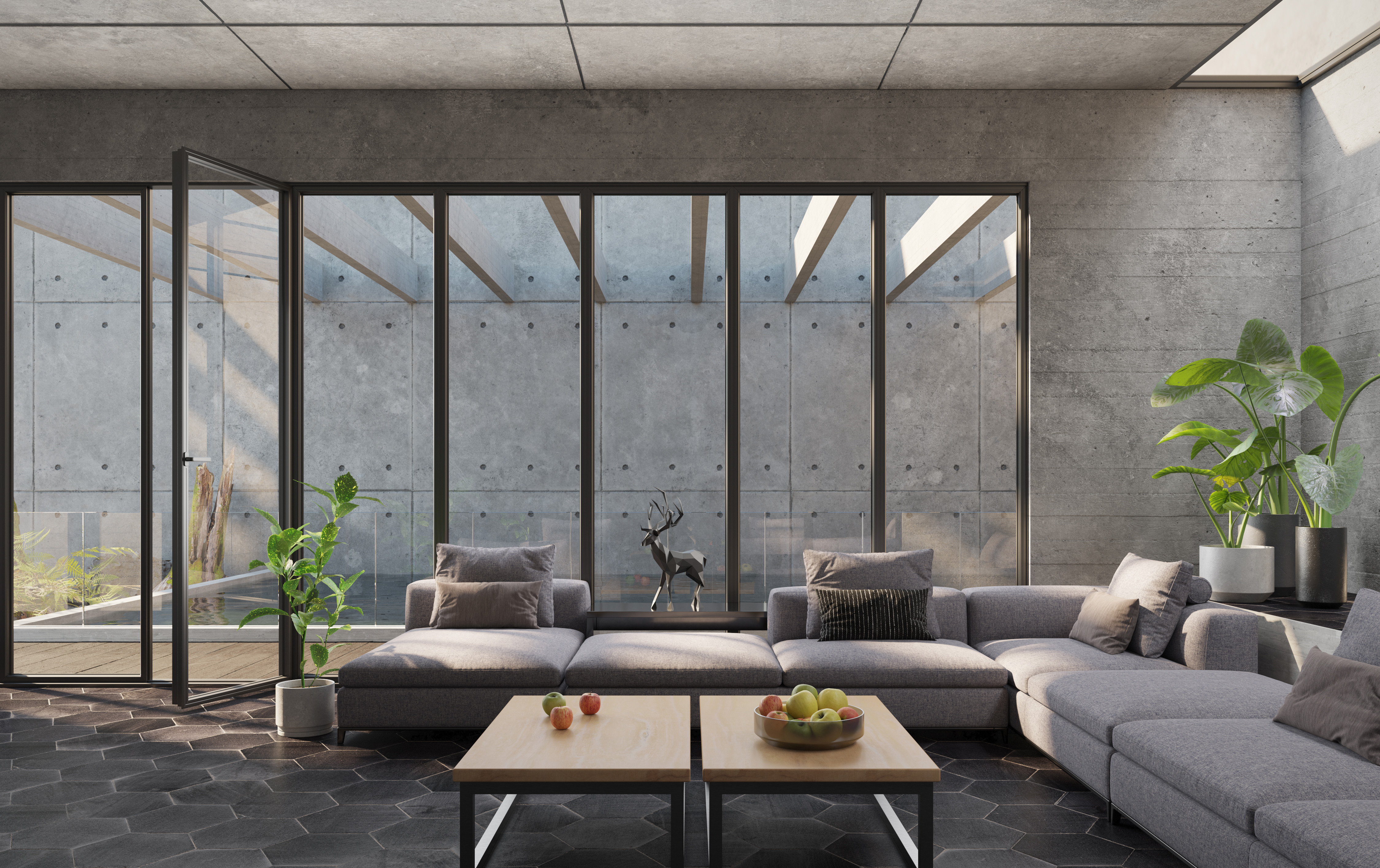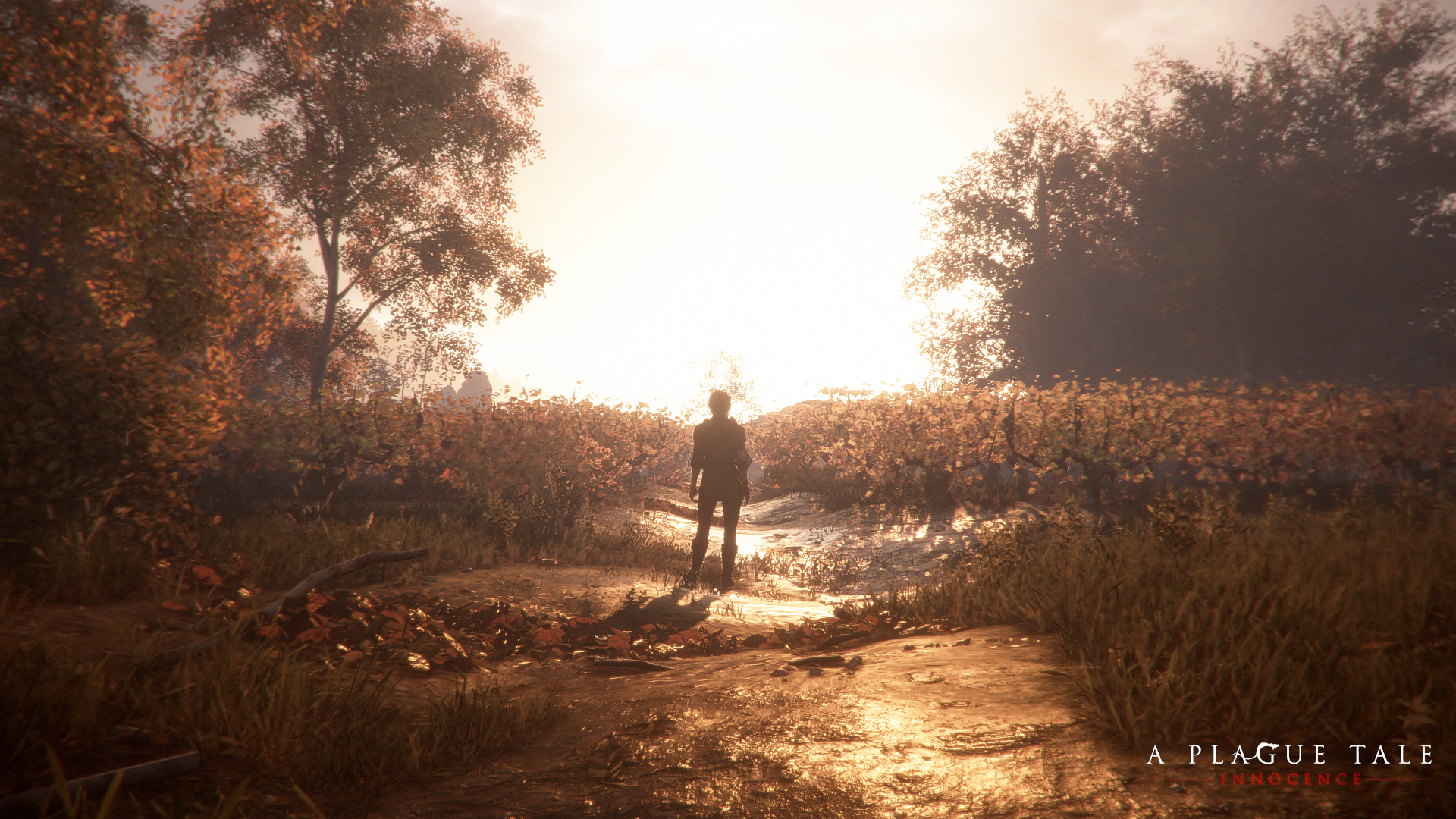Quixel Bridge 2019: Redefining Content Management
We are thrilled to announce Bridge 2019 — a major leap towards the future of content management. This is the biggest update yet for Bridge, and makes browsing, previewing, downloading, and exporting your assets a breeze.
With the ever-growing Megascans library and the need to manage tons of assets in modern environments, Bridge has become a pillar in an artist or studio pipeline’s toolset.
Take a look at the latest version of Bridge in our new tutorial below:
New Browsing Experience
Preview your assets like never before
Bridge 2019 introduces rich 3D previews, map previews, and in-depth asset information all within Bridge in an all-new right pane. You can view in-depth asset information right alongside the asset library, delve deep into asset details by tweaking the resolution and level of detail, quickly compare assets that you are choosing between, all without losing context of where you are.
This workflow allows you to make faster decisions and spend less time finding the right asset or inspecting the texture maps.

Explore, download and export in one place
The right pane is home to all asset settings. Information about the asset, download settings and export settings can now be viewed in one place, without having to click through multiple pop-ups.
Whenever you click on an asset, the right pane shows you a list of similar assets, based on tags, searches, and smart recommendations. You’ll also see assets that other users also downloaded along with the asset you’re previewing, as well as any collections the asset belongs in. This allows you to quickly discover related assets for your project.

Once you’ve found the right asset, click the “Download Settings” tab in the right pane, adjust settings and hit Download. You can multi-select several assets at once and batch download them together. Bridge downloads up to 4 times faster than Megascans and resumes an interrupted download in case you lose connectivity temporarily.
Then, once you’ve downloaded an asset, head over to the “Export Settings” tab, customize your export resolution, LODs, choose a texture format, and send your asset to the DCC tool or engine of your choice in one click. Bridge 2019 supports every major 3D software, renderer and game engine out there.

One Software to Rule Them All
Redefining the import process
When we originally started working on Bridge, one of our goals was to simplify the process of importing Megascans assets into your DCC tool/engine.
We completely realize that interrupting the rhythm of an iterative creative process comes at a huge cost for artists and that they simply can’t afford to step out of “the zone” between each import. So we set out to let Bridge perform that tedious and mundane task for you.

Bridge 2019 is a major step in spearheading that effort, not just for artists but also for studios and large scale pipelines with complex setups, workflows, and specific requirements.
The Blender 2.8 Live Link comes packed with a standardized PBR material for EEVEE and Cycles, and is completely free and open-source for you to modify and share it.

With this update, we’ve also added a rock-solid Cinema 4D integration, and with 4 renderers supported — Physical Render, Redshift, Octane, Arnold — it gives you a blazing-fast import process for your geometry.

You can now export downloaded assets directly into Quixel Mixer in the same way as other tools. Select Mixer and click “Export” to send an asset to your open mix.

Bridge 2019 also includes new updates across all our integrations — Unreal Engine 4, Unity, Autodesk Maya (Arnold, Redshift, V-Ray), Autodesk 3ds Max (Arnold, Redshift, V-Ray, Octane, Corona, FStorm), SideFX Houdini (Mantra, Redshift, Octane, Arnold) and Marmoset Toolbag.
In addition to integrating with your favorite tools, Bridge now supports these export formats too:
— USDZ – Export Megascans 3D OBJs from Bridge to USDZ on your Mac and use these for your AR projects.
— NVIDIA MDL – Use Bridge to export any 2D material in MDL format, to use it in V-Ray, Iray, or other supporting apps.
— glTF – Export Megascans 3D OBJs from Bridge to glTF and use in Unreal Engine, Unity, and across a huge cross-section of services that have adopted this standard.
Fine-tuning your Export Settings
In a production pipeline, adhering to a specific naming convention is extremely important; not only for filtering the content of your project but also processing it at any point in time when there’s a need to run operations on all your textures or meshes.
And that’s why we give you full control over your naming convention with Bridge 2019, with support currently available for Unreal Engine, Unity, and Custom export for your in-house tools or modified software.
Combined with the Channel Packing system, this gives you a powerful system that is flexible enough for artists and technical artists/directors to edit and deploy within your pipeline.
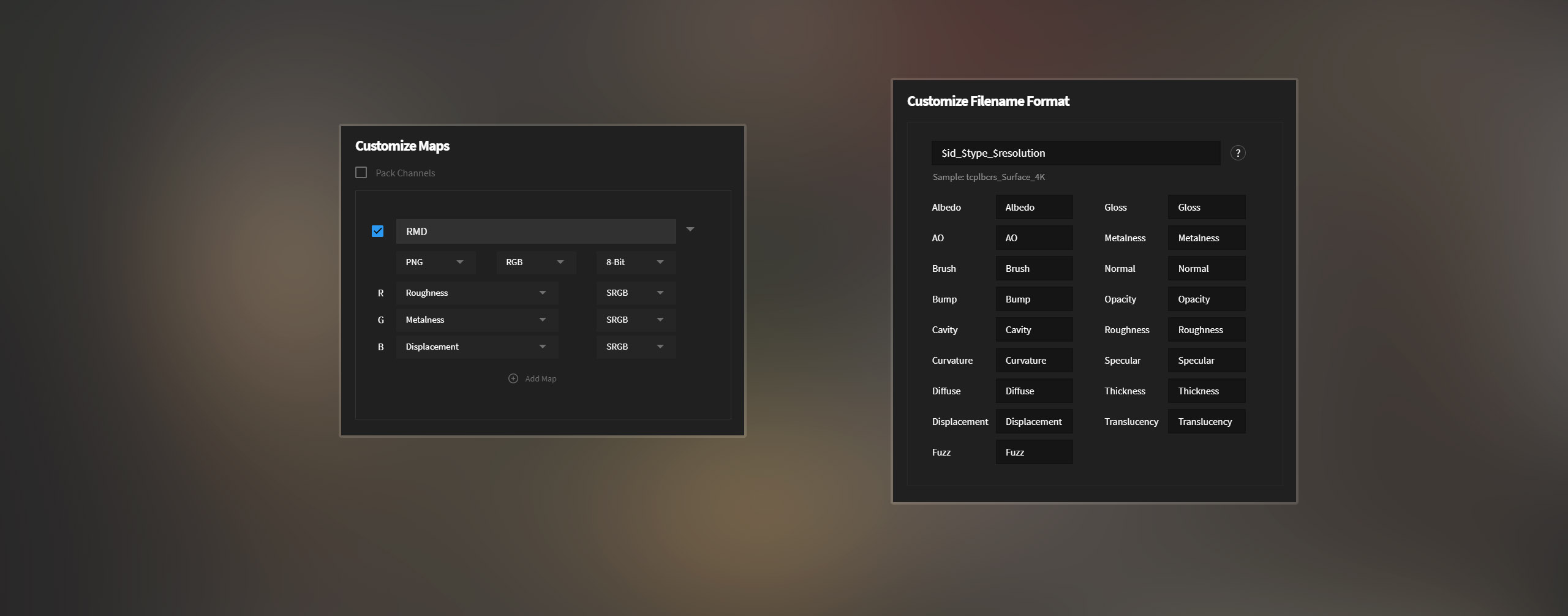
Dreaming Big with Studio Pipeline Setups
We work closely with studios to design solutions that work within their environment and setups. One of the setups we encountered across many studios was limited access to the internet as well as to dedicated machines for software installations.
The 2019 upgrade comes with the all-new Bridge Sync feature, which makes the entire Megascans library instantly available over your local network through Bridge. The library is dynamically updated with the latest assets through a background syncing operation.
Bridge Sync also provides instant access to the latest Bridge plugins on production boxes in your studio and enables admins to run fresh installations of Bridge to all production boxes periodically.
This feature is designed exclusively for Studios that provide limited internet access on production machines, employ firewalls, and NAT punch-throughs, have setups where production machines are regularly erased, or have multiple offices in different locations with the same setup and workers share machines across offices. Bridge Sync is available on request with the Enterprise plan.
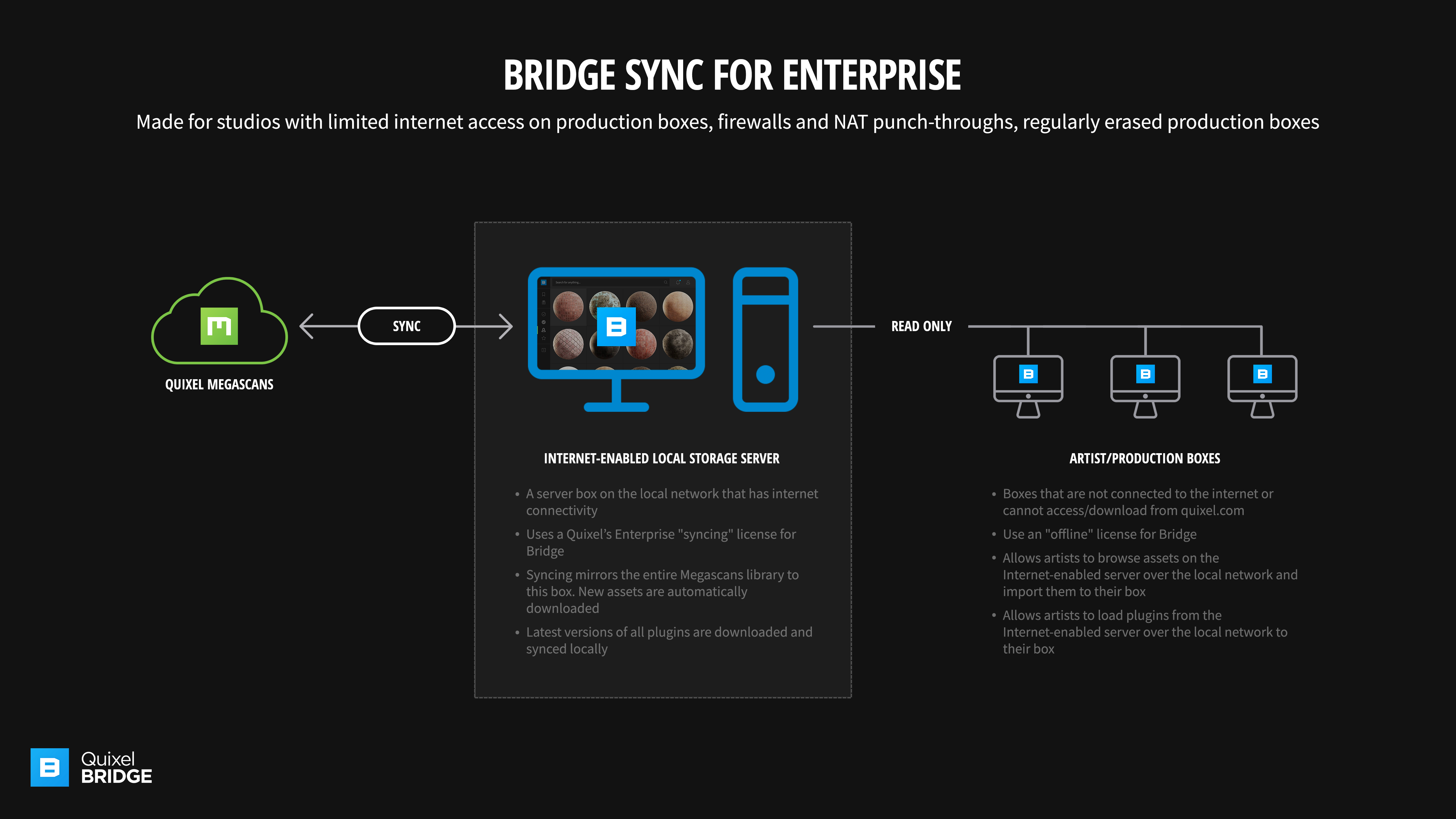
Better, Faster, Stronger
With many feature additions, improvements, and fixes, Bridge 2019 is more than ever an incredibly valuable tool not only for the Quixel ecosystem but your own assets and mixes as well.
And we’re only getting started.
If you’re subscribed to Megascans, we highly recommend you to download and export your assets with Quixel Bridge instead of the Megascans website.
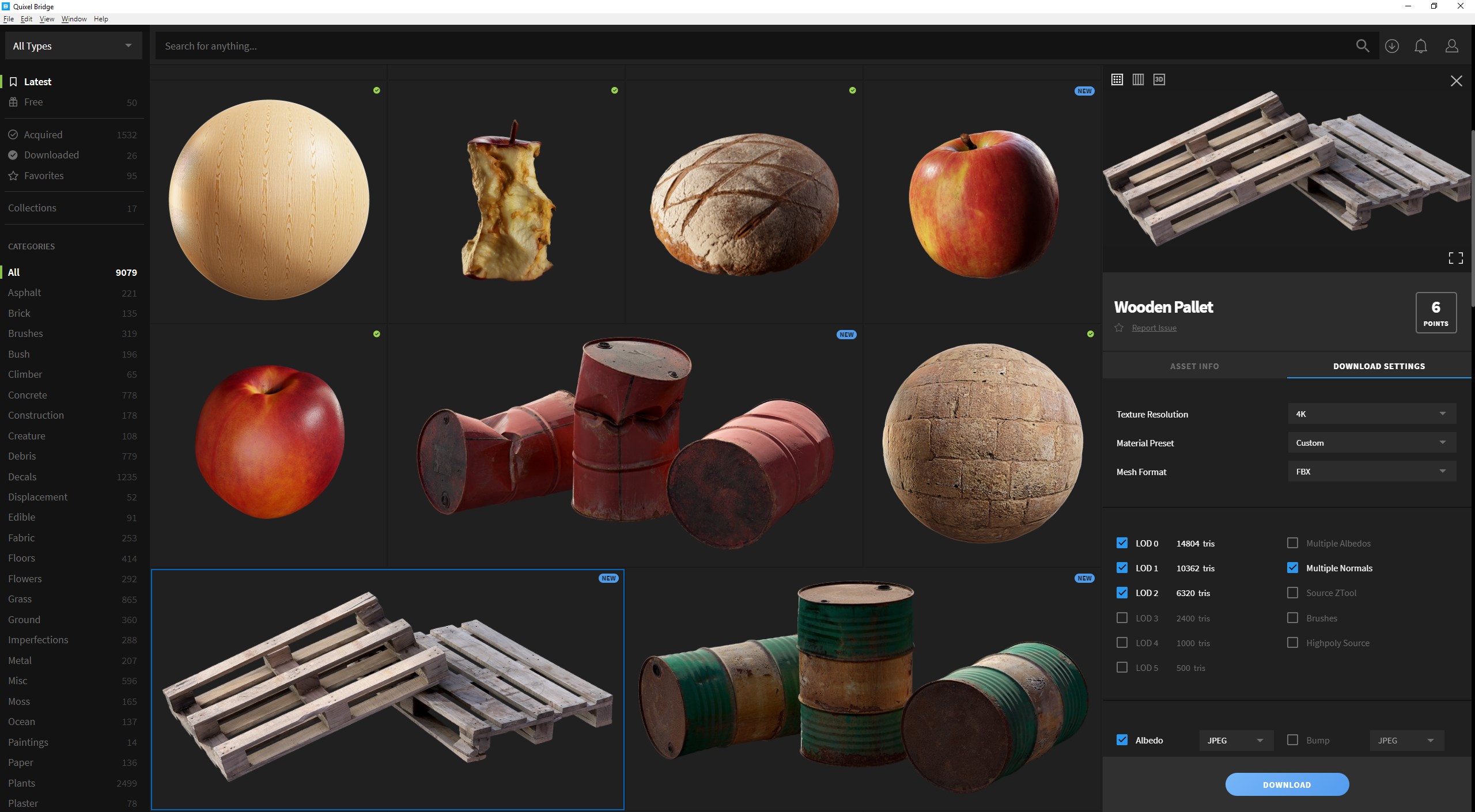
Visit our forum for detailed release notes, and let us know what features you’d like to see next.

